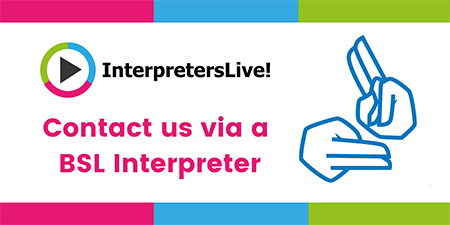Identity matters. Even in 2025, it still plays a significant role in how people are treated, hired, promoted, and included (or not) at work.
Your background, lived experience, and identity characteristics continue to shape your career. While some people move through the world of work relatively smoothly, others encounter multiple barriers simply for being who they are.
Too many still believe the world of work is a meritocracy. The reality is, sadly, lacking.
We’re told that with the right mindset, enough effort, or a good dose of manifestation, anyone can thrive. For a lot of people, this is true. But for millions of others, this isn’t the reality.
Before you reach for those classic examples of success like Richard Branson or Steven Bartlett, remember that they are the exception, not the norm. Their stories don’t speak for the many people who are still navigating structural inequality, discrimination, and bias, all while trying to simply get a foot in the door.
Despite the noise around and progress made in diversity and inclusion, we’re still seeing disturbing inequality data across gender, race, age, disability, neurodiversity, sexuality, and socioeconomic background.
Which brings us to a critical point: if your DE&I work doesn’t consider intersectionality, it’s not working.
What is intersectionality, and why does it matter in DE&I strategy?
Put simply, intersectionality helps us understand that people don’t fit into one single identity box. We’re complex, layered humans. We experience the workplace, and the world, through overlapping lenses of race, gender, class, disability, age, sexuality, and more.
Legal scholar Kimberlé Crenshaw coined the term in the late 1980s to describe how Black women’s experiences were being overlooked because their identity wasn’t being fully recognised. Instead, they were viewed through the separate frameworks of racism or sexism, ignoring how these systems of oppression can combine.
In the workplace, this means that if you’re focusing only on ‘women’s equality’, you’re probably only creating change for white, cisgender, non-disabled, neurotypical, middle-class women, and excluding everyone else.
That’s not inclusion, and it’s not equity.
Many organisations still take a single-issue approach to their DE&I work. They build one-dimensional DE&I strategies. Gender equity might be the priority, but without intersectionality, that often defaults to supporting the most privileged women in the business. And that’s the issue.
Here’s what happens when intersectionality is missing from your DE&I plan. Black and Asian women’s experiences are sidelined. Trans women and LGBTQ+ women face additional bias that isn’t acknowledged. Disabled and neurodivergent women are left out of policies and support. Working-class women, carers, or those without degrees are invisible in leadership pathways.
We end up designing systems and initiatives that work for a select few, while others continue to be excluded and underrepresented. That’s not true, strategic DE&I. It’s performative inclusion.
Why intersectionality matters in recruitment – If you work in HR or talent acquisition, this is where it hits home.
Let’s break down how multiple forms of discrimination show up.
Women are more likely to face questions about childcare, get lower salary offers, and face bias at every stage of the hiring process.
Black and Asian candidates are still having to send 60% more job applications than white counterparts. Racism, both overt and systemic, is still a daily reality.
Disabled applicants are regularly overlooked. One in five hiring managers admit they’d be less likely to hire someone with a disability.
Women over 45, particularly those from racially marginalised communities, experience ageism and double discrimination. A perfect example of intersectionality in action.
If your inclusive recruitment strategy only looks at one group, you’re missing countless others.
Worse, you may unintentionally reinforce the same inequality you’re trying to solve.
How HR can embed intersectionality into DE&I work?
To move beyond surface-level inclusion, HR and leadership teams must recognise that discrimination is nuanced and layered, not linear. You need to understand how privilege and oppression show up in different combinations, involve underrepresented voices at every stage of planning and decision-making, collect and analyse data across multiple identity points, and design policies, processes, and recruitment strategies that reflect real lived experience.
This isn’t about making things more complicated, it’s about making things more real.
Final thoughts
Intersectionality isn’t optional, if your DE&I plans don’t centre on intersectionality, you’re likely to leave people behind, especially those facing the greatest barriers.
Equity isn’t achieved by addressing one group at a time. It’s built by recognising that identity is layered, lived experience matters, and everyone deserves a fair shot, regardless of how their identity shows up.
So if you’re responsible for diversity and inclusion in recruitment, HR strategy, or employee experience, intersectionality isn’t a nice-to-have. It’s a must.
Want help bringing intersectionality into your DE&I strategy?
I work with HR leaders, recruitment teams, and DE&I professionals who want to make their DE&I work more impactful, inclusive, and real. If that sounds like you, let’s talk.
Together, we can build strategies that don’t just tick a box, they make change.


